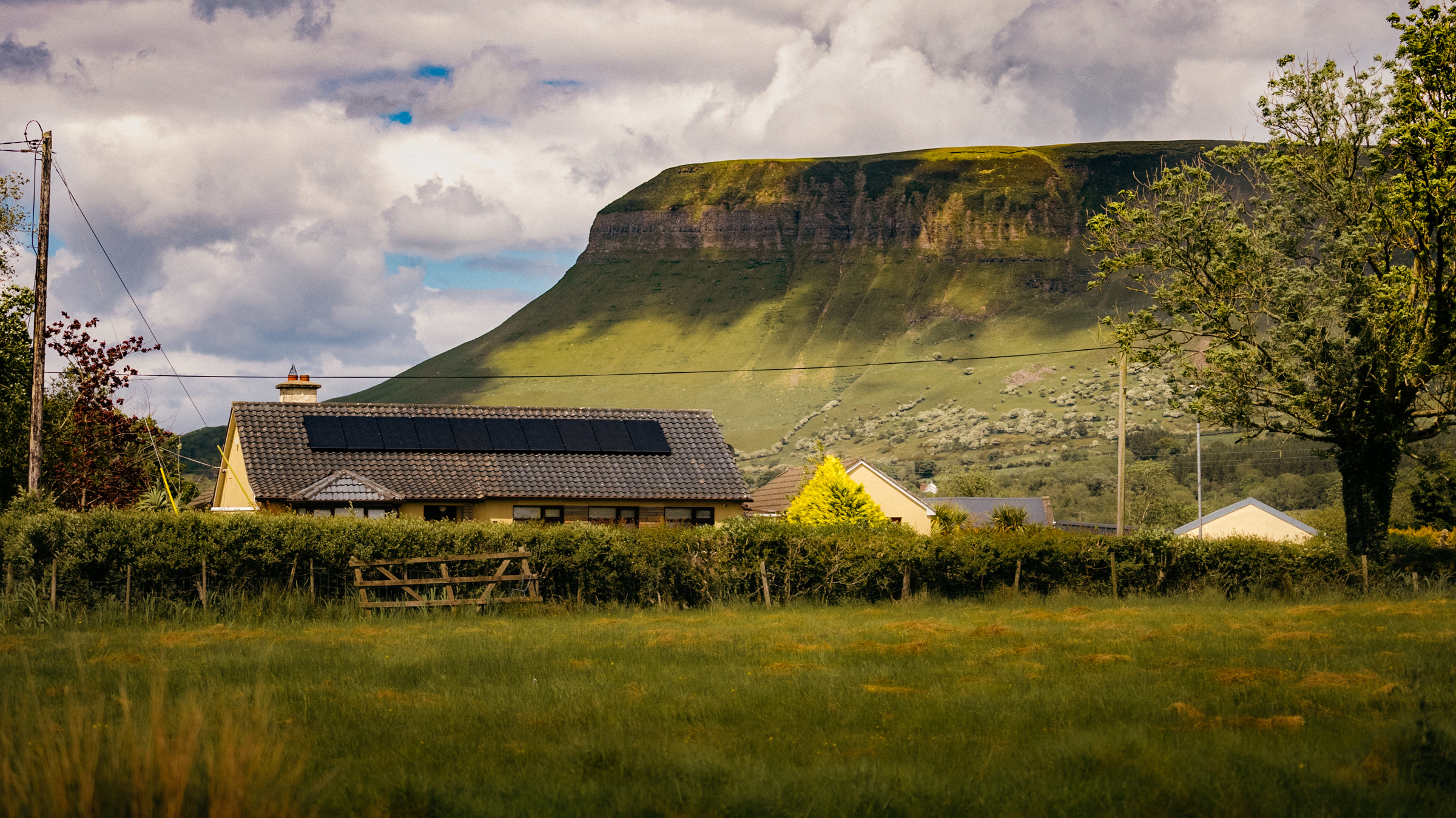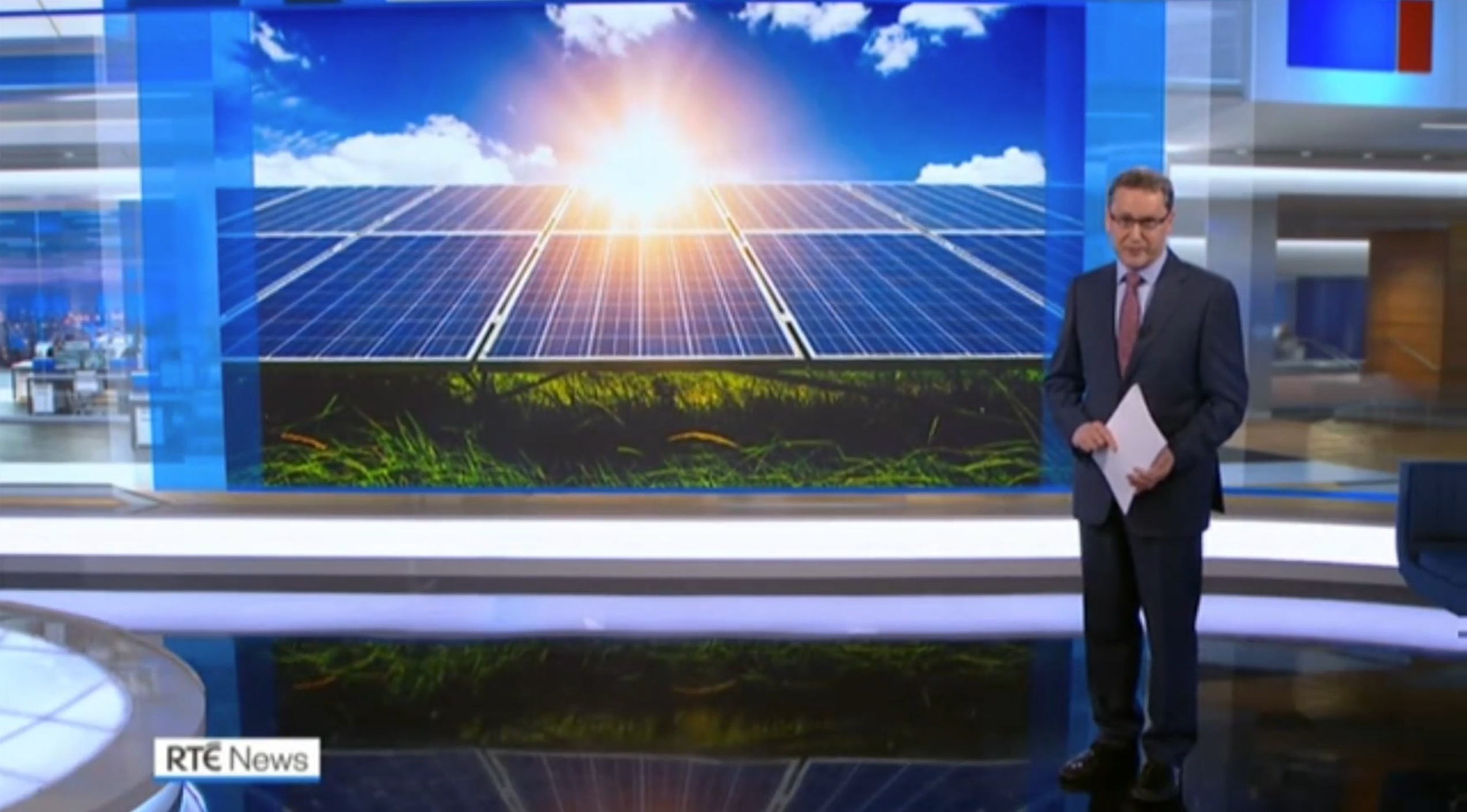Renewable energy is poised to revolutionise Ireland’s energy landscape by 2030, with a significant shift away from fossil fuels towards wind, solar, and bioenergy sources. This transformation, as emphasised by ESB chief executive Pat O’Doherty, promises unprecedented change in the coming decade, urging us to reimagine our energy usage and sources without delay.
Gone are the days of traditional utility giants dominating the market. Instead, a decentralised and digital energy model is emerging, where smart communities and tech-savvy consumers play active roles in Ireland’s renewable energy transformation. This shift reflects a broader global trend towards sustainable energy solutions driven by environmental concerns and technological advancements.
With climate change commitments and stringent EU targets looming, sustainability is no longer a choice but a necessity for Ireland’s renewable energy transformation. This means that power generation, transportation, and heating must increasingly rely on sustainably-produced electricity. Cheaper costs are driving greater adoption of renewable energy, while bioenergy, particularly biomethane, holds promise as it can flow through existing natural gas networks, replacing fossil fuels.
The plummeting costs of wind and solar energy over the past decade have surprised many, fueling optimism about the future of renewable energy in Ireland. However, O’Doherty cautions against expecting a seamless transition to a 100% renewable future. Challenges remain, including grid integration, energy storage, and ensuring energy equity for all.
Recent data from the Sustainable Energy Authority of Ireland (SEAI) underscores the progress made, with renewables accounting for over 30% of Ireland’s electricity consumption last year, more than double the figure from 2010. Moreover, EirGrid’s recent announcement that two-thirds of the electricity on the island of Ireland can now come from renewable sources marks a groundbreaking achievement in Ireland’s renewable energy transformation.
As we forge ahead, it’s crucial to continue investing in renewable energy infrastructure, innovation, and policy support to accelerate Ireland’s renewable energy transformation towards a sustainable and resilient energy future.




